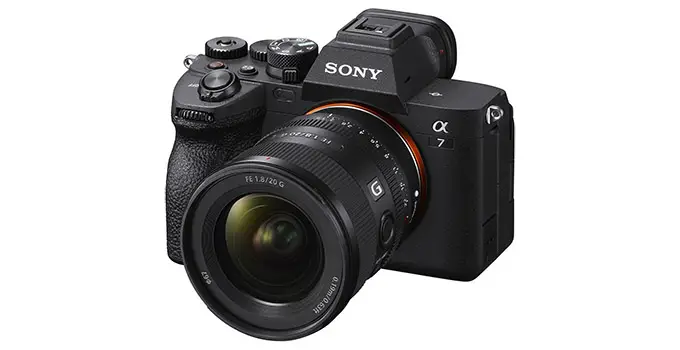
[ad_1]
Sony has made some serious improvements to their “basic” model over the years and the a7 IV is an impressive continuation of the line. This release was a fairly substantial jump in terms of image quality and videos specs, bringing it all the way up to 4K 60p with 10-bit internal recording. Moving to 10-bit has been a good move for Sony and it is nice to see it coming to most all of their new releases.
Shooting at 4K 60p does reveal some limitations of the model with overheating being a not uncommon problem. If you are looking for some solutions to overheating, then Stefan Malloch has six options to try out.
1. Temperature Setting
The simplest option is to adjust the auto power off temp setting to high. This will simply allow the camera to get a little hotter before it shuts down. For the most part you won’t see any negative repercussions and will get the longer times you need.
2. Disable Network Options
What you want to do is make sure the camera isn’t running any unnecessary settings in the background. Some of the biggest culprits for power and processing usage are networking options like Wi-Fi and Bluetooth since those connections will run in the background. Turning these options off, or setting it to airplane mode, can help maximize the efficiency of the camera.
3. Open LCD Screen
Most of the heat is generated at the sensor and by opening up the LCD screen you will help heat dissipate a bit better. You can feel the heat generate in this spot of the camera, so making sure it is more open will help.

Image Credit: Sony
4. Record Externally Only
If you record externally you actually save the camera from doing a lot of processing itself. Also, if you are using an external recorder you will lose any benefit if you are recording internally at the same time. For the longest shooting times, you will want to stick to the external device by itself.
5. Wait to Switch Modes
Compared to photo mode, the video and S&Q modes use more power even in standby. This means that you should try and wait until you are absolutely ready to shoot before switching from stills into any of the video modes.
6. Plan and Be Prepared
Be aware of the location and/or the weather. Make sure you have a fan around on a warm indoor shoot or have something to shade your camera on a hot, sunny day. Have some options to help alleviate the issues.
Do you have any of your own tips to prevent overheating?
[source: Stefan Malloch]
Order Links:
[ad_2]






